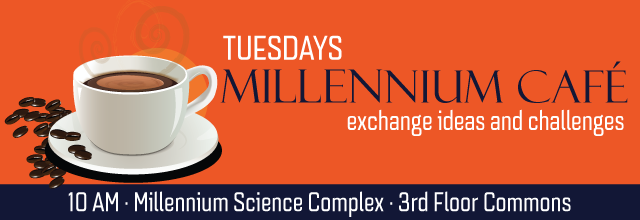
The National Science Foundation recently funded a new ultrafast microscopy facility at Penn State through the Major Research Instrumentation program. This talk will begin with a description of the facility from the perspective of its use as a tool to examine the electronic properties of 2D materials and to tune those properties through control of doping chemistry. The second part of the talk will discuss plans to expand the scope of the facility to enable operando measurements of new electrocatalysts for hydrogen evolution, formation of SEI layers at battery electrodes, and water dynamics in membranes for purification and energy applications among others.
